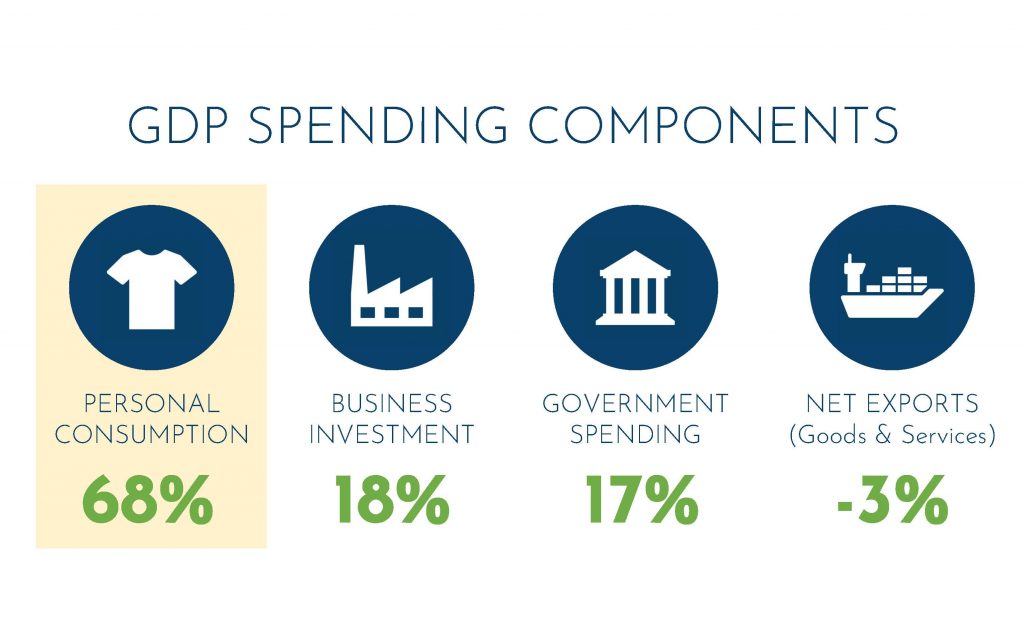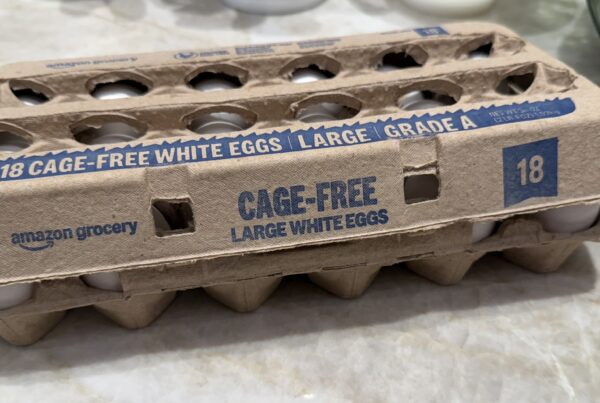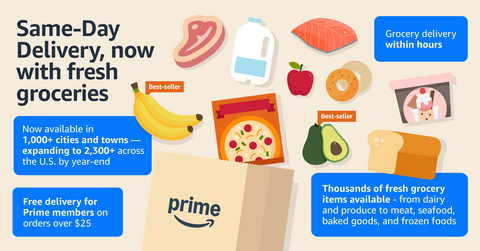March 21, 2023
When we started this series, we promised a discussion on if/when/how American consumers would dial back their spending. In teasing that second post, we had a general sense of the basic themes we wanted to explore about what comes next.
Nothing like a banking crisis to make you tear up your outline.

photo credit: Kevin Tachman/MG19/Getty Images for The Met Museum/Vogue
First, a bit of background. That image above? That’s the picture of excess. It’s Kendall Jenner, Jeff Bezos, and Jared Leto at the Met Gala. It brings to mind what has been plaguing the Fed during recent rate increases and why they haven’t had the desired cooling effect.
It comes down to the impact of wealth and inequality. Monetary policy is supposed to impact the economy through simple supply and demand–when asset prices rise, people will spend less because their money doesn’t go as far. Now that money is more expensive, people should be spending less.
But greater wealth inequality distorts the impact of this relative price increase on our overall spending. Let’s look at a simplistic example of two communities, each with 1,000 people:
In Community A, each person has $100,000 net worth. The value of their portfolio falls 20% because of tighter monetary policy. In this case this homogenous community will likely cut back on spending.
In Community B, 999 people have zero net worth while one person is worth $100 million. Here, that same 20% portfolio reduction won’t impact the 999 people, because they have no assets to speak of. Meanwhile, the one super-wealthy person is so wealthy they probably won’t cut their spending.
Is the United States as radically unequal as the example above? No, but even if Fed policy contributes to Jeff Bezos losing $61 billion–as happened last year, according to Bloomberg–he’s still worth $116 billion.
Think he’ll feel the need to start clipping coupons?
Part of the reason the Fed is struggling to curb spending through tighter monetary policy: As referenced in a prior post, goods and services spending by high-wage earners accounts for a disproportionate amount of the U.S. economy.
But that was before the panic triggered by Silicon Valley Bank accelerated the tightening of capital markets in the United States.
Before that new crack appeared in the financial system, if you had enough wealth/income that the Fed’s policy hadn’t forced you to spend less, you had a binary choice: You either chose to spend less or you kept spending. Now there’s a third possibility. The banking crisis might have left you with no choice but to reduce your spending.
Yesterday, Brian Sullivan from CNBC posted a poll asking precisely whether that was happening yet. 52% of respondents said no, but I wasn’t one of them.

I think spending will be impacted–and not by choice. The cost of money is now combined with the availability of money in a way that should finally slow spending. The 52% that disagree? They haven’t had a conversation with a banker in the last 10 days.
 Credit is tighter, lending is more difficult, and it is getting harder to spend. Personal consumption is 68% of American GDP–which means that reduced spending will have a cooling effect on the economy–potentially enough to result in recession.
Credit is tighter, lending is more difficult, and it is getting harder to spend. Personal consumption is 68% of American GDP–which means that reduced spending will have a cooling effect on the economy–potentially enough to result in recession.
And that may be just what we need…if Jeff Bezos doesn’t spend enough to make up for the rest of us spending less.







